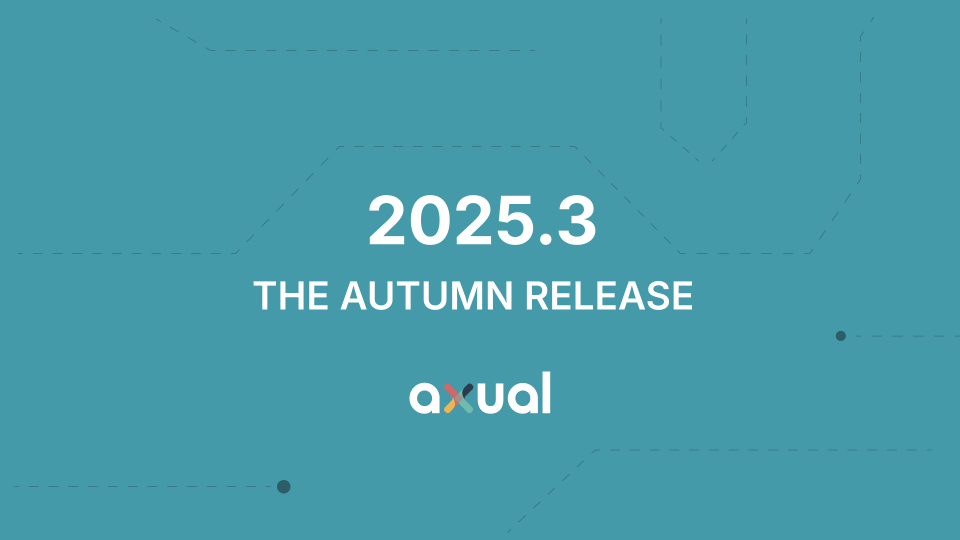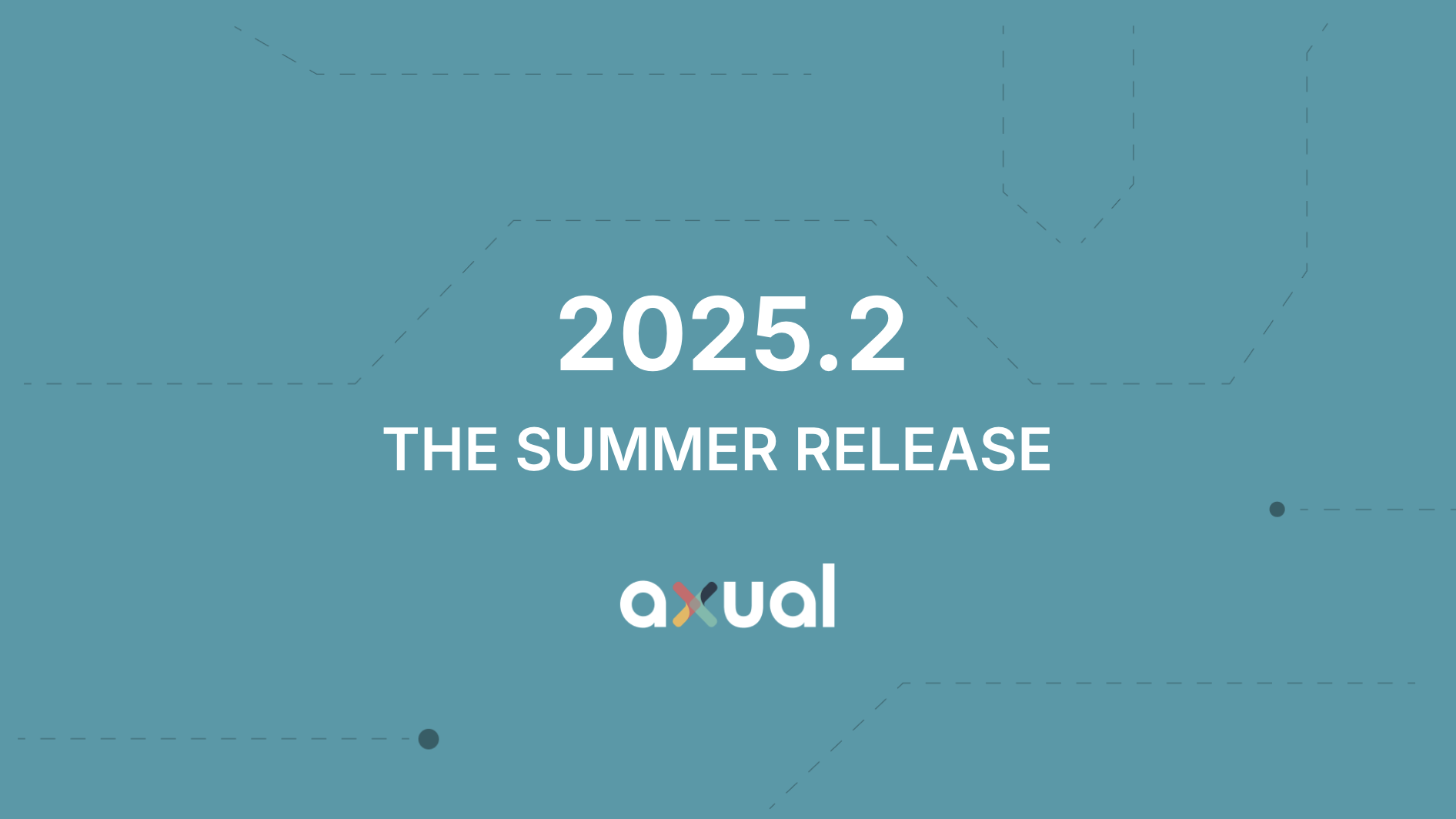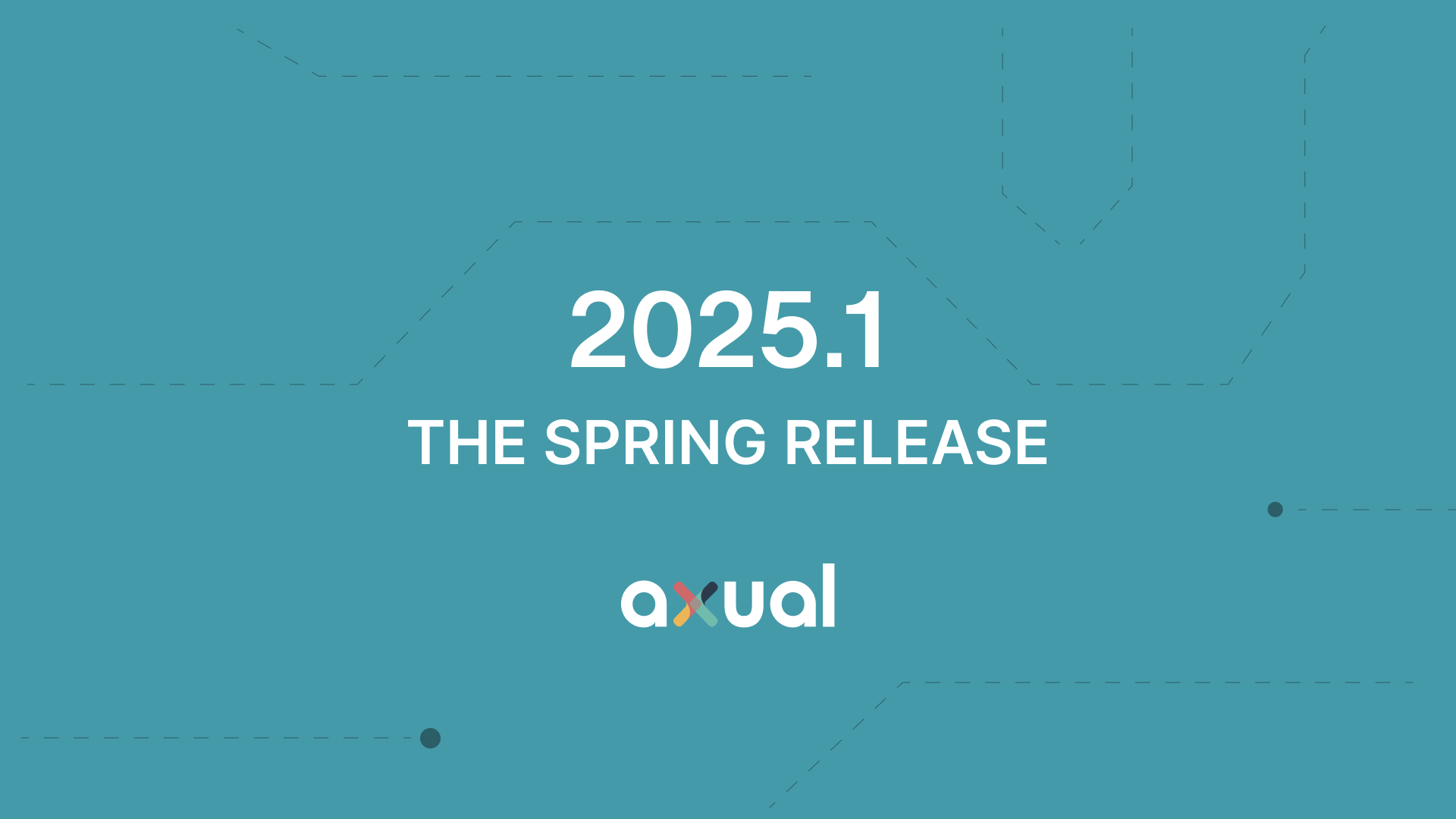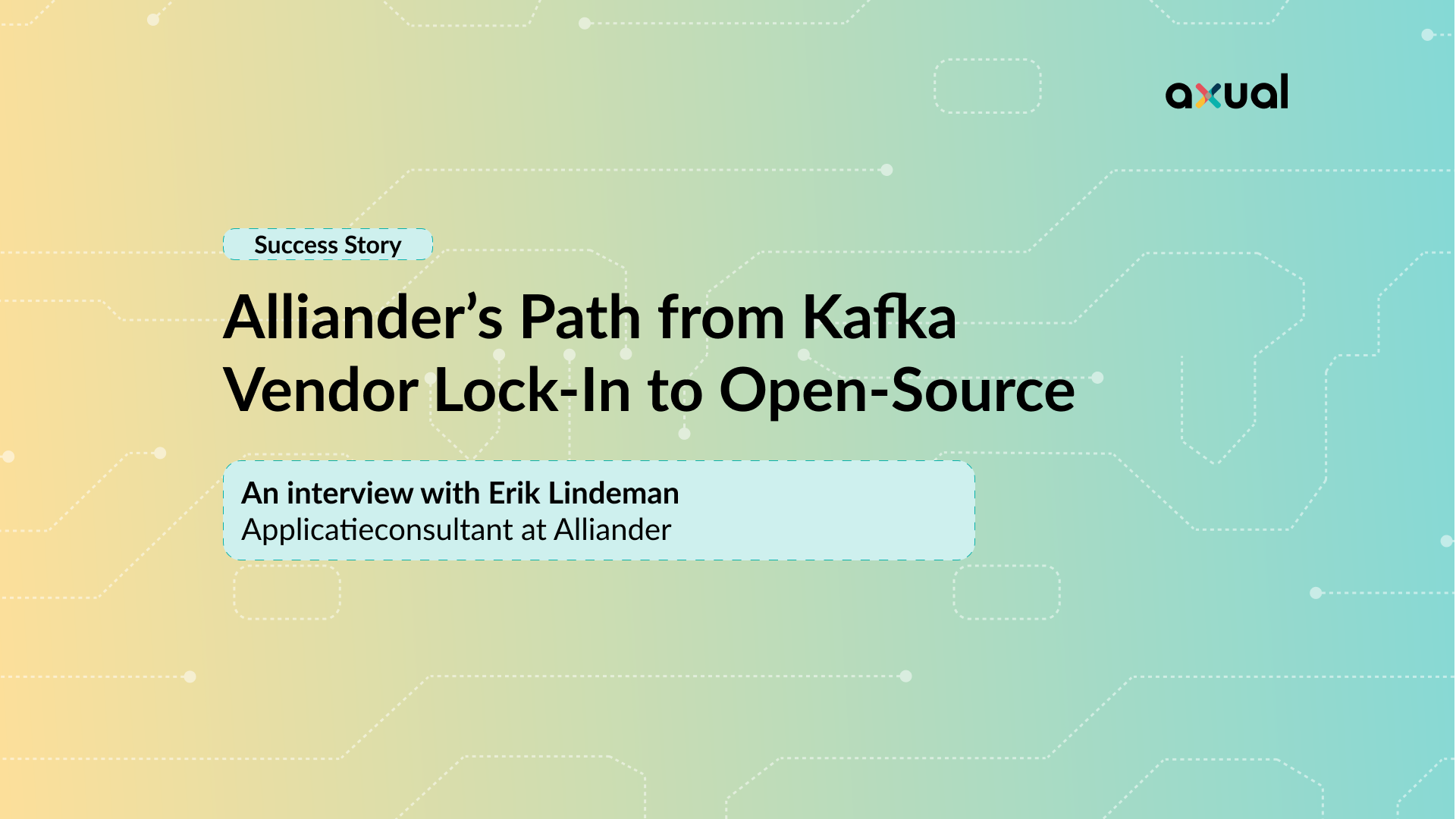On this page
Alliander—a key player in the Netherlands energy sector, encountered growing challenges with its vendor-managed Kafka solutions. While the system initially worked well, reliance on the vendor revealed significant limitations over time.
The Vendor Lock-In Problem
When Alliander relied on vendor-managed Kafka, the vendor's updates and patches initially appeared beneficial. Updates were tested and prepared by the vendor, offering convenience and stability. However, this also proved to be a significant drawback, as vendor testing did not account for the unique circumstances and specific needs of Alliander’s operations.
Another limitation was the dependency on the vendor for critical tasks like implementing security patches and addressing vulnerabilities. One key realization during this period was that knowledge could be both an asset and a challenge—vendor solutions often reduce the need for deep technical expertise, but investing in internal knowledge enables teams to take ownership and drive innovation.
As Alliander grew and evolved, these limitations became more visible, creating significant operational and strategic challenges:
- Limited adaptability: Vendor updates often failed to address Alliander's specific operational needs.
- Delayed security fixes: Resolving critical vulnerabilities was out of Alliander’s hands, exposing systems.
- Unexpected expenses: A forced migration to a new platform brought higher licensing costs.
The turning point came when vendor support for the existing platform ended, and they had to migrate; this pushed Alliander to reassess its strategy.
Shifting to Open Source for Independence and Growth
As Alliander struggled with the constraints of vendor-managed solutions, it became clear that a change was necessary. The limitations of vendor lock-in and the growing need for greater control and adaptability prompted the organization to rethink its approach to technology infrastructure. After careful consideration, Alliander decided to transition to open-source Kafka for a more flexible and self-reliant future. Alliander chose to transition to open-source Kafka for four primary reasons:
- Control: Teams gained the ability to resolve issues and address vulnerabilities independently.
- Stability: The solution's development was no longer tied to vendor decisions.
- Flexibility: Adapting to new platforms or environments has become much more manageable.
- Transparency: Full visibility into system configurations enabled smooth replication and updates.
The journey wasn’t without challenges. Convincing users across the organization to migrate required thorough support and communication. Alliander's approach ensured users could transition at their own pace with guidance readily available.
Key Moments in the Transition
Of course, it wasn’t all about challenges. There were also key milestones that made this journey a success.:
- Leadership alignment: Gaining approval from management and enterprise architects ensured organizational support.
- Seamless integration: Connecting IT and operational technology through a secure MTLS solution.
- Shutting down the old platform: A significant milestone that demonstrated the success of the transition.
The technology stack, including Kubernetes, AWS, GitHub, and ArgoCD, played a critical role in making the transition smooth, scalable, and collaborative.
Strengthening Skills and Teamwork
The shift to open-source required building new expertise. Within two years, Alliander developed a team of Kafka specialists capable of managing the solution and driving innovation. Collaboration with internal cloud experts and ensuring smooth internal connectivity were instrumental.
Advice for Other Organizations
For businesses considering moving away from vendor lock-in, Alliander shares these insights:
- Stay cautious: Be skeptical of solutions that seem perfect on the surface.
- Set clear terms: Define roles and expectations with vendors from the start.
- Select flexible partners: Choose providers who can adapt to unique business needs.
- Plan for transitions: Avoid adopting new solutions during major vendor shifts.
Ready to Take the Next Step?
Alliander’s success shows that transitioning to open-source solutions can bring greater security, scalability, and independence.
Want to learn how your organization can make this shift? Join our webinar, “The Path from Vendor Lock-In to Open Source,” on January 22 at 10 AM CET.
📅 Register now to gain practical strategies and insights: Sign Up Here.
Answers to your questions about Axual’s All-in-one Kafka Platform
Are you curious about our All-in-one Kafka platform? Dive into our FAQs
for all the details you need, and find the answers to your burning questions.
Alliander wanted greater control, flexibility, and transparency in managing their technology. The limitations of vendor lock-in, including reliance on external updates and security patches, pushed them to embrace open-source Kafka for more independence and adaptability.
Open-source Kafka has given Alliander full control over their platform, enabling faster issue resolution, enhanced flexibility for scaling and adapting, and complete visibility into their system configurations. This transition has empowered their teams and reduced dependency on vendors.
Apache Kafka is an open-source streaming platform that enables (among other things) the development of real-time, event-driven applications.
Related blogs

Axual 2025.3 release introduces KSML 1.1 integration for automated stream processing deployment, group-based resource filtering for multi-team governance, and experimental MCP Server for AI-driven platform operations. Includes JSON schema support, Protobuf processing (beta), and enhanced audit tracking for enterprise Kafka implementations.

The Axual 2025.2 summer release delivers targeted improvements for enterprise-grade Kafka deployments. In this post, we walk through the latest updates—from enhanced audit tracking and OAuth support in the REST Proxy to smarter stream processing controls in KSML. These features are designed to solve the real-world governance, security, and operational challenges enterprises face when scaling Kafka across teams and systems.

Axual 2025.1 is here with exciting new features and updates. Whether you're strengthening security, improving observability, or bridging old legacy systems with modern event systems, like Kafka, Axual 2025.1 is built to keep you, your fellow developers, and engineers ahead of the game.

